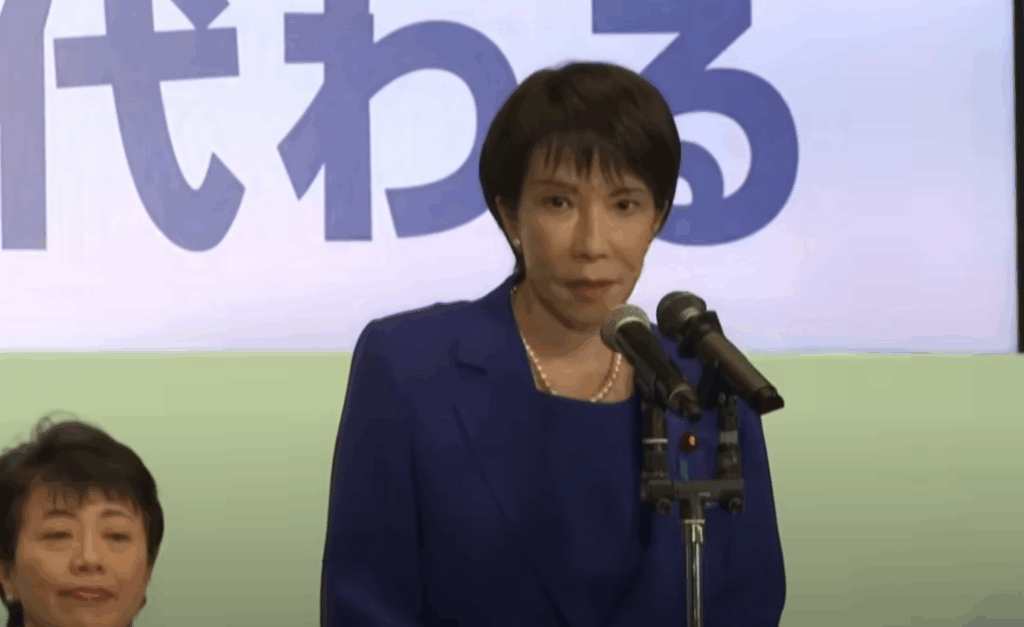Sanae Takaichi is set to become the first female Prime Minister of Japan, a country that has been notably slow in achieving gender parity in leadership positions.
Just 15 per cent of the lower house is made up of women, and just two of the 20 members of the cabinet are women. However, like many of the limited number of women who break through stubborn leadership ceilings, Takaichi does not yet appear to be a progressive leader on gender equity.
So far, she’s drawn comparisons to Margaret Thatcher. Not just because of their conservative policies and the fact that they both happen to be women, but also because Takaichi herself has set herself the ambitious goal of emulating their qualities.
“My goal is to become the ‘Iron Lady’,” Takaichi said, referencing the common nickname applied to Thatcher regarding her uncompromising politics and leadership style.
On becoming the newly elected leader of Japan’s ruling Liberal Democratic Party (LDP), with expectations she’ll be named the next prime minister within days, Takaichi also drew attention to her comment on balancing work and life.
“Everyone will be required to work – work like a horse,” she said. “I will abandon the notion of work-life balance. Work, work, work, work, work.”
Despite promising to promote female cabinet ministers, Takaichi doesn’t have a strong record of supporting women’s issues.
She has opposed allowing individuals to retain surnames when marrying, claiming it would destroy family unity, despite strong support for such reform. She has also opposed allowing women to rise to the Chrysanthemum Throne.
Takaichi’s win for the leadership followed two previous attempts for the role. She has been described as a protégé of the already conservative late prime minister Shinzo Abe, and has gathered a reputation for being even more ultra-conservative and even “hostile” towards gender issues.
Shinzo Abe was previously known for promoting women’s economic participation through his concept of “Womenomics,” aimed at addressing Japan’s demographic crisis, yet he still failed to initiate genuine reforms that address gender bias, limit women’s leadership, and hinder their career advancements.
Takaichi’s rise also follows that of numerous Japanese prime ministers in recent years, at a time of political, economic, and social turmoil in Japan. She’ll need to address the significant national debt while also addressing inflation, cost-of-living issues, declining real wages, and the growing influence of anti-immigration sentiment.
Then there are the monumental defence and geopolitical issues to deal with, as well as striking a far more favourable trade deal with US President Donald Trump.
Internally, Takaichi’s party, the LDP, has been losing voters and contending with numerous scandals in recent years. The party must win back support, reconnect with voters it lost, and broaden its modern-day appeal.
It’s hard not to see the parallels to other parts of the world, including Australia and the rise of a woman, for the first time, to the leadership of our own conservative party.


